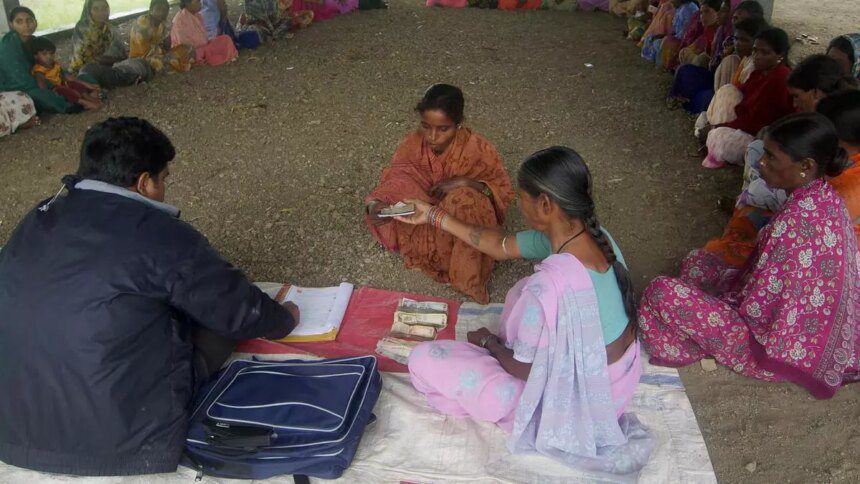The evolution of the microfinance movement in India has been a journey marked by challenges and successes. Beginning in the mid-1990s with the linkage of self-help groups (SHGs) with banks and the establishment of specialised microfinance institutions, the goal was to provide credit to poor households and promote financial inclusion. Today, these initiatives collectively serve 12-14 crore households, with an outstanding loan amount of about ₹7 lakh crore, a significant portion of which comes from joint liability group (JLG) lending.
However, the path of microfinance institutions (MFIs) has not been without hurdles. In 2007, borrower stress in Krishna district in Andhra Pradesh and Kolar district in Karnataka highlighted issues of over-leverage and collection problems. The situation escalated to the point where the AP government imposed restrictions on microfinance activities through an ordinance in 2010, which was later overturned by the Supreme Court in 2023.
Following these challenges, measures were put in place to bring the microfinance sector back on track, including the Malegam Committee report and a new regulatory framework focusing on discipline and responsible lending. Subsequent challenges such as demonetisation, GST implementation, and the Covid-19 pandemic tested the resilience of the sector, but each time it bounced back stronger with innovative practices and policies.
Currently, the sector is facing new stress factors, including increased credit demand post-covid and a rise in the number of players, both regulated and unregulated. Challenges in assessing household income and liability have also been identified, hindering accurate credit underwriting. To address these issues, standard models for income assessment and real-time credit liability information are being developed. The use of Aadhaar for identification and verification across lenders is also being suggested to enhance credit assessment.
Given the crucial role of the microfinance sector in financial inclusion, it is imperative to address these challenges and sustain the movement. Effective measures to assess household income and liability will not only strengthen the sector but also ensure that those in need have access to credit at fair terms. By addressing these issues, the microfinance sector can continue to serve as a vital tool for bridging the credit gap for the underserved segments of society.










